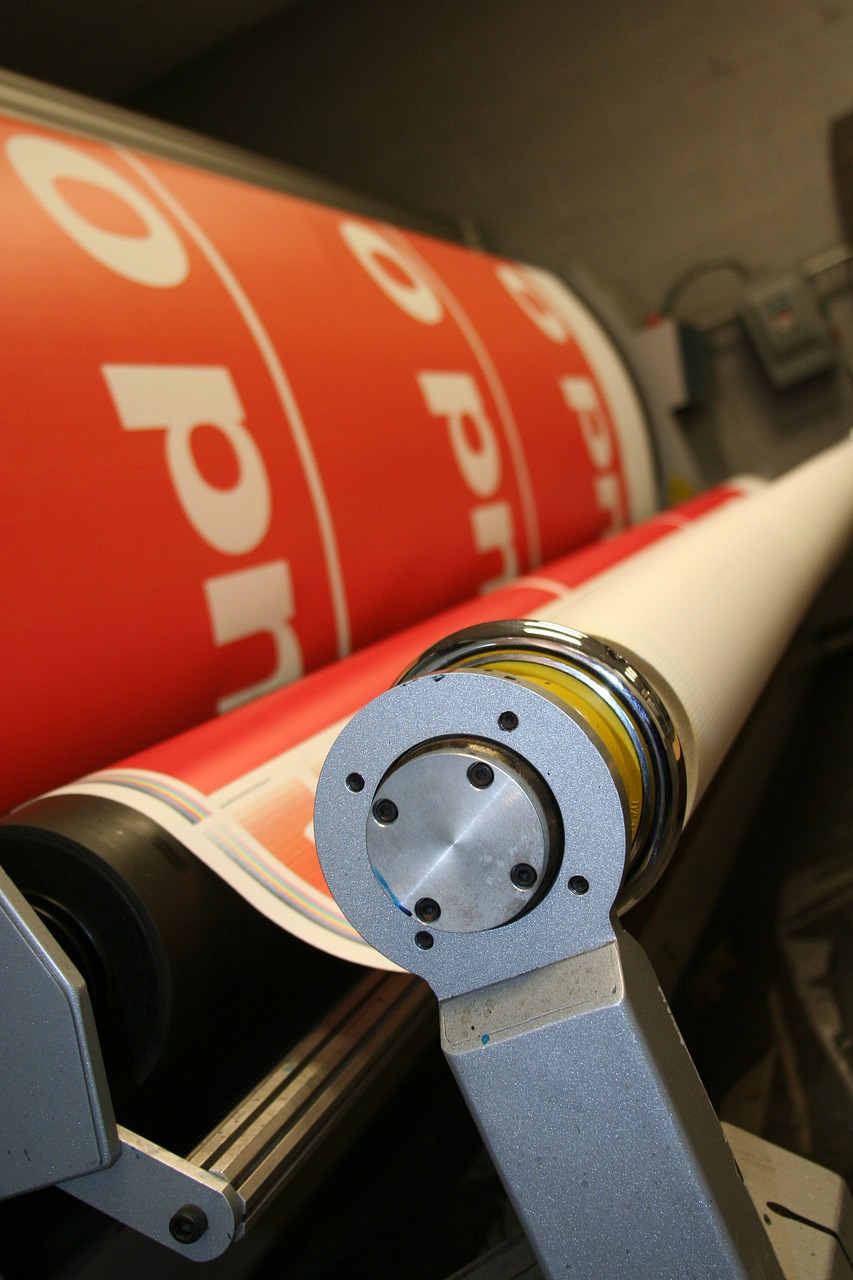Flex printing has become a popular choice for businesses looking to create eye-catching advertisements and promotional materials. This versatile printing method offers several advantages that make it ideal for various applications.
What is Flex Printing?
Flex printing, also known as flexographic printing, uses flexible plates to transfer ink onto a variety of substrates, including vinyl, fabric, and paper. This method is widely used for creating banners, billboards, posters, and other large-format prints.
Advantages of Flex Printing
- Cost-Effective: Flex printing is relatively inexpensive, making it an affordable option for businesses of all sizes.
- Durability: The prints are resistant to weather conditions, making them suitable for both indoor and outdoor use.
- High-Quality Prints: Flex printing produces vibrant and sharp images, ensuring that your advertisements stand out.
- Versatility: This method can be used on a wide range of materials, allowing for creative and customized designs.
Applications of Flex Printing
Flex printing is commonly used for:
- Outdoor advertising (billboards, banners)
- Event promotions (posters, signage)
- Retail displays (point-of-sale materials)
- Vehicle wraps
Conclusion
Flex printing is a versatile and cost-effective solution for businesses looking to create impactful advertising materials. Its durability and high-quality prints make it a popular choice for various applications.




